Iowa Same As Canada?
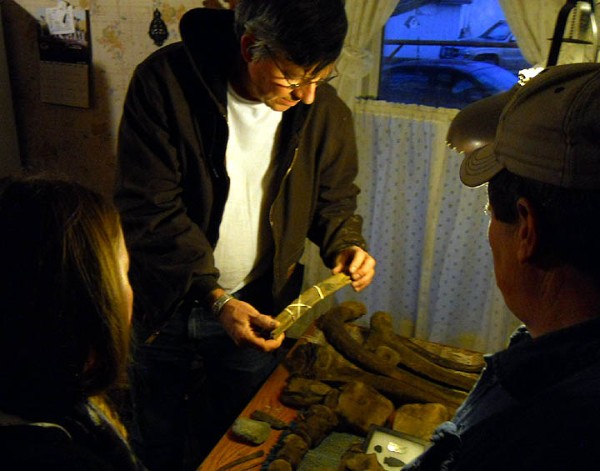
Scientists had learned a lot from the soil and plant samples they took. Naturalist Laura DeCook revealed, “We have taken soil samples that have shown evidence of fir, spruce, and large trees, which indicate arboreal forest. The closest arboreal forest we have today would be in the northern states – Minnesota area, and up into Canada. So Iowa used to look totally different then.” They soon found that Iowa and Canada had similar vegetation…
More About Mammoths
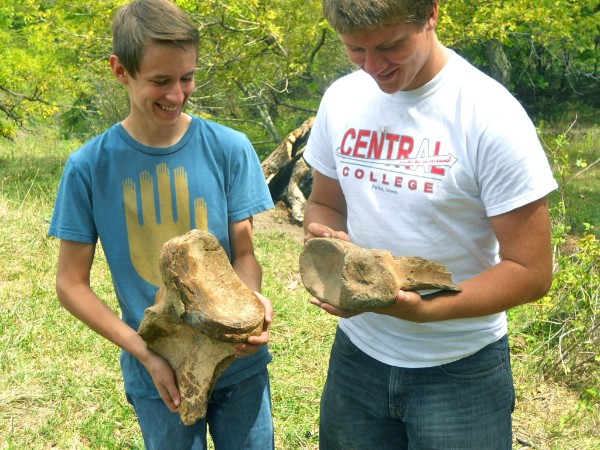
Scientists are using technological advancements to uncover the truth about these beings. They plan to use oxygen and nitrogen isotopes investigation in the bones and even carbon dating. The University of Iowa Emeritus Professor of Geoscience Holmes Semken says,“This data will give insight into the temperature of the water the animal drank, the kinds of plants it ate, and date the time of death, probably within 50 years. We would like to know how the mammoth died, but the museum scientists are most interested in how mammoths lived.” John’s work had made scientific history somehow…
Donations
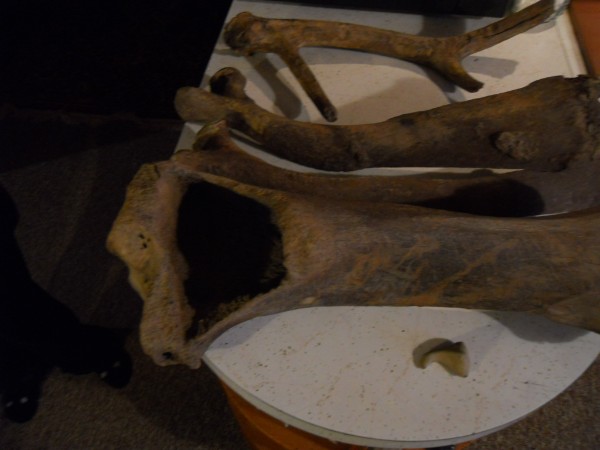
Professor Holmes Semken revealed that farmer John decided to hand over the mammoth bones to the University of Iowa Museum of Natural History. This is managed by the Mahaska County Conservation Board who takes care of all the bones. These bones could have been sold at a higher price but in this case, it was donated without any price. John still had a lot on his plate even after this…
A New Room
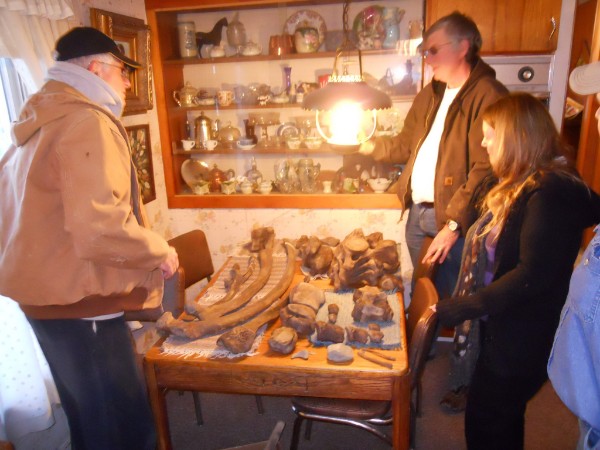
Farmer John told interviewers about how he is confused as to how he should deal with the remaining bones. He is contemplating on turning one room in his house to one dedicated just to the bones. But since there is an excavation going on, adding another workload would mean too much. John is busy as to how he should deal with his farm while the scientists are busy with their research. The discoveries might prove to be helpful about knowing more of how these prehistoric animals existed.
The Final Ice Age
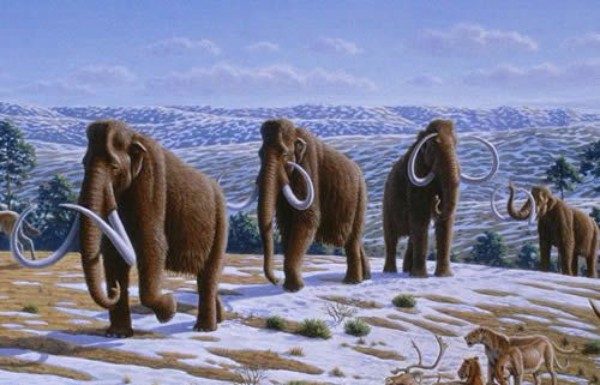
The Ice Age called the Pleistocene Epoch was the time woolly mammoths existed. It was, in fact, the last one. This started around 1.8 million years ago ending at around 11,700 years ago. In this era, the homo sapiens evolved and the earth was abundant with glaciers all over. Scientists have been led to believe that homo sapiens and mammoths coexisted as well. The researchers can use modern technology to track how mammoths made their way into the USA.
Woolly Mammoth Ancestors
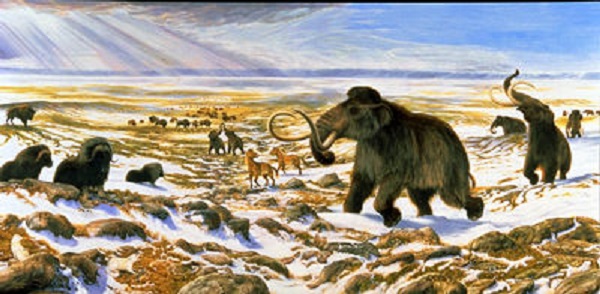
A genetic study took place in 2008 which suggested that woolly mammoths came to North America through the Bering Strait all the way from Asia about 300,000 years ago. The ones found in John’s backyard were considered to have replaced the Asian mammoths. They have been also discovered in the Hot Springs sinkhole in South Dakota which proves that they were coexisting with the Columbian mammoth. However, they could have roamed the lands at different time periods too so…
